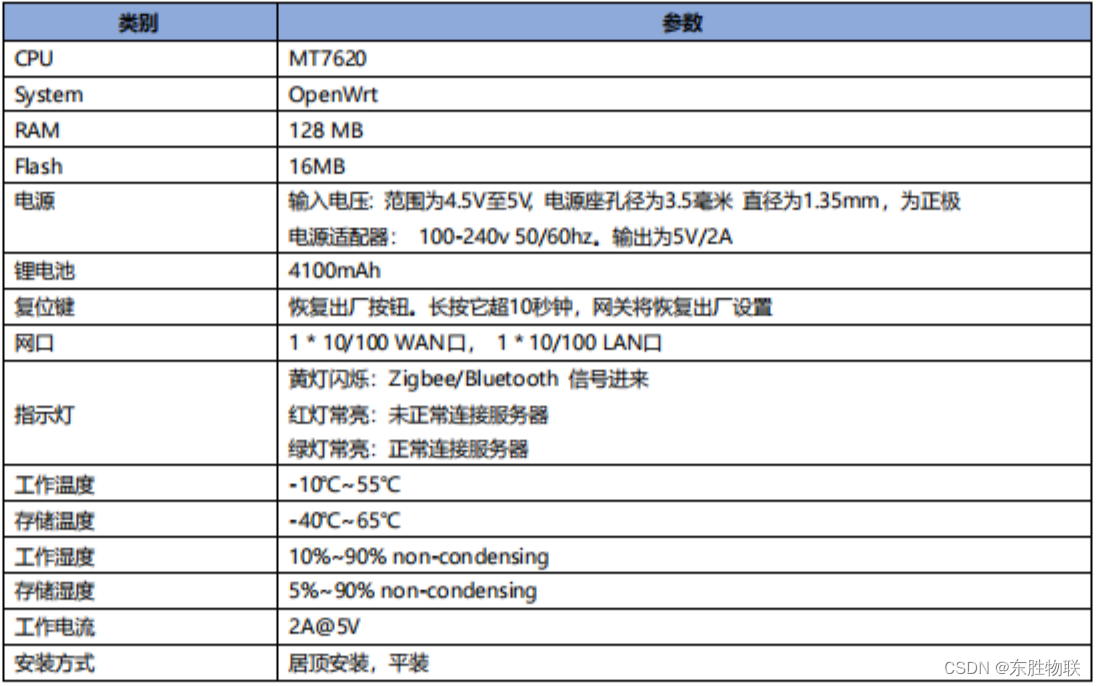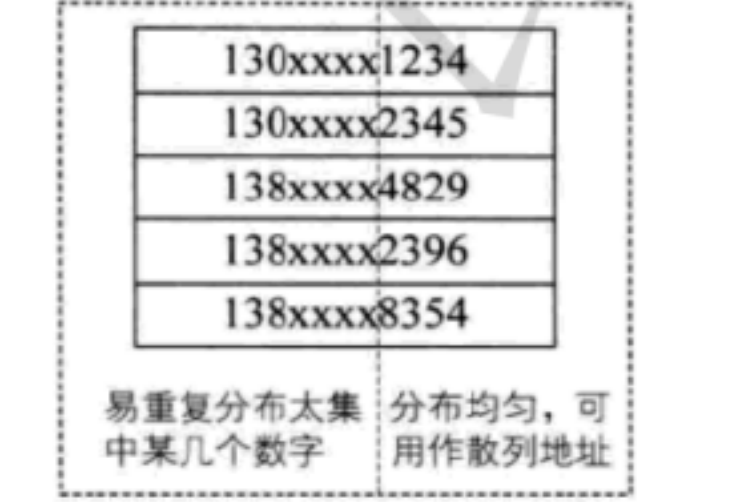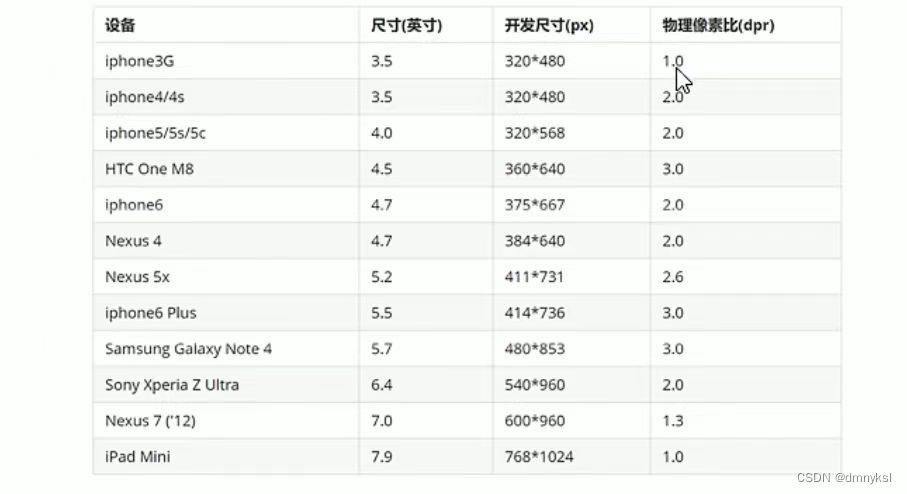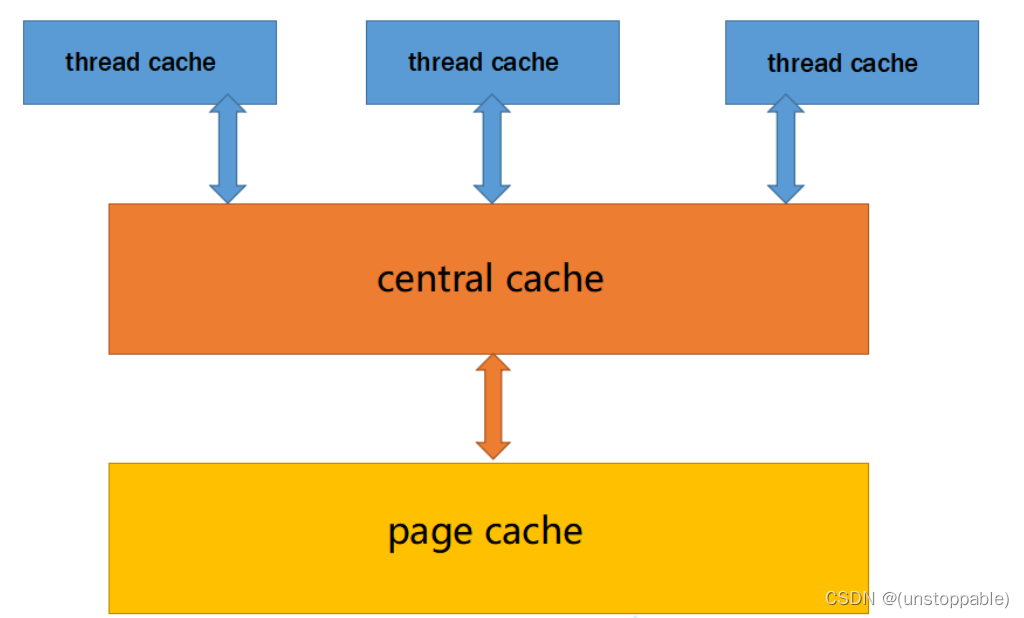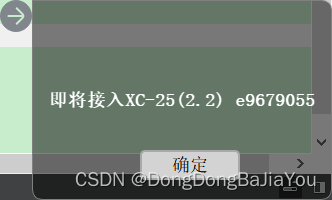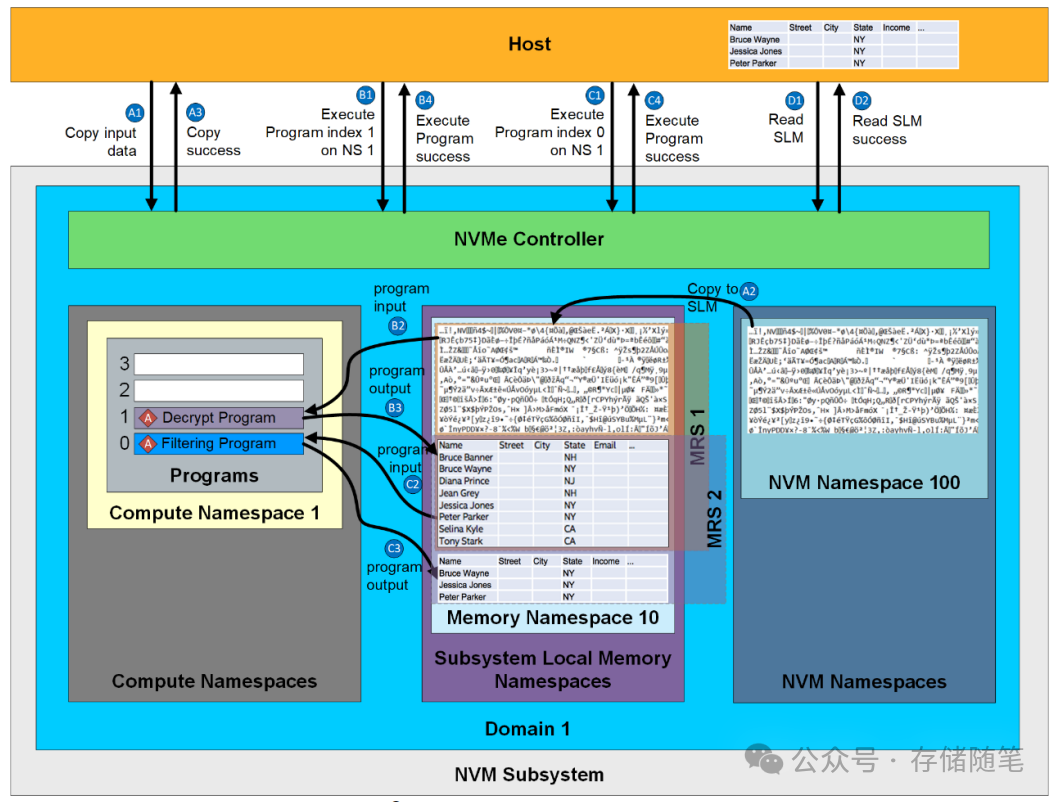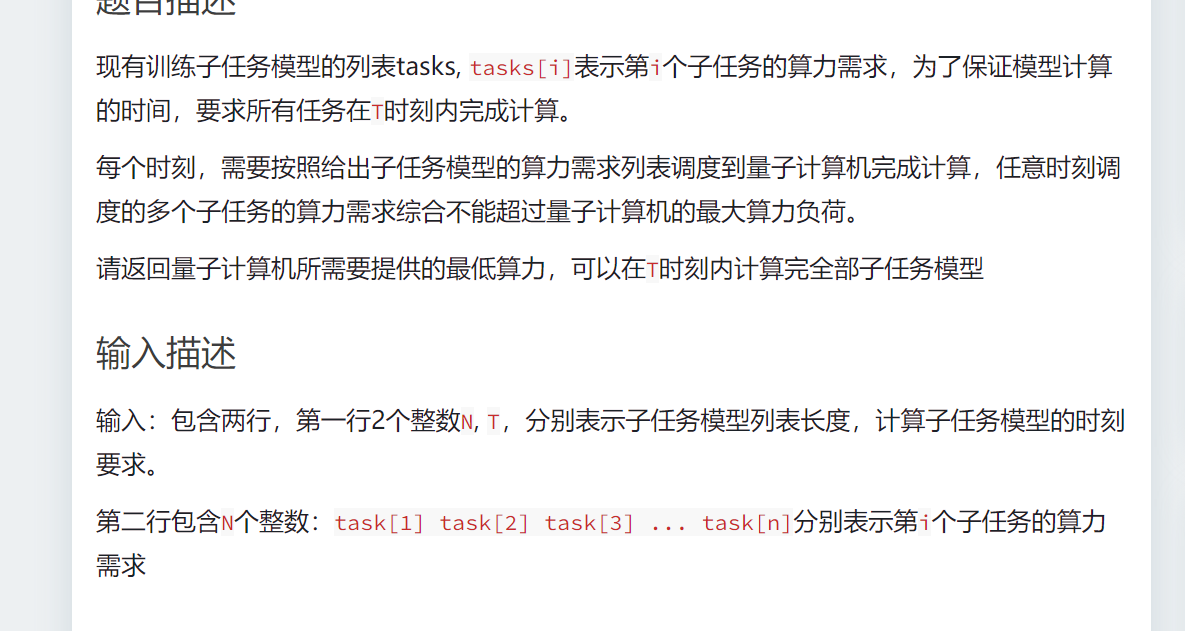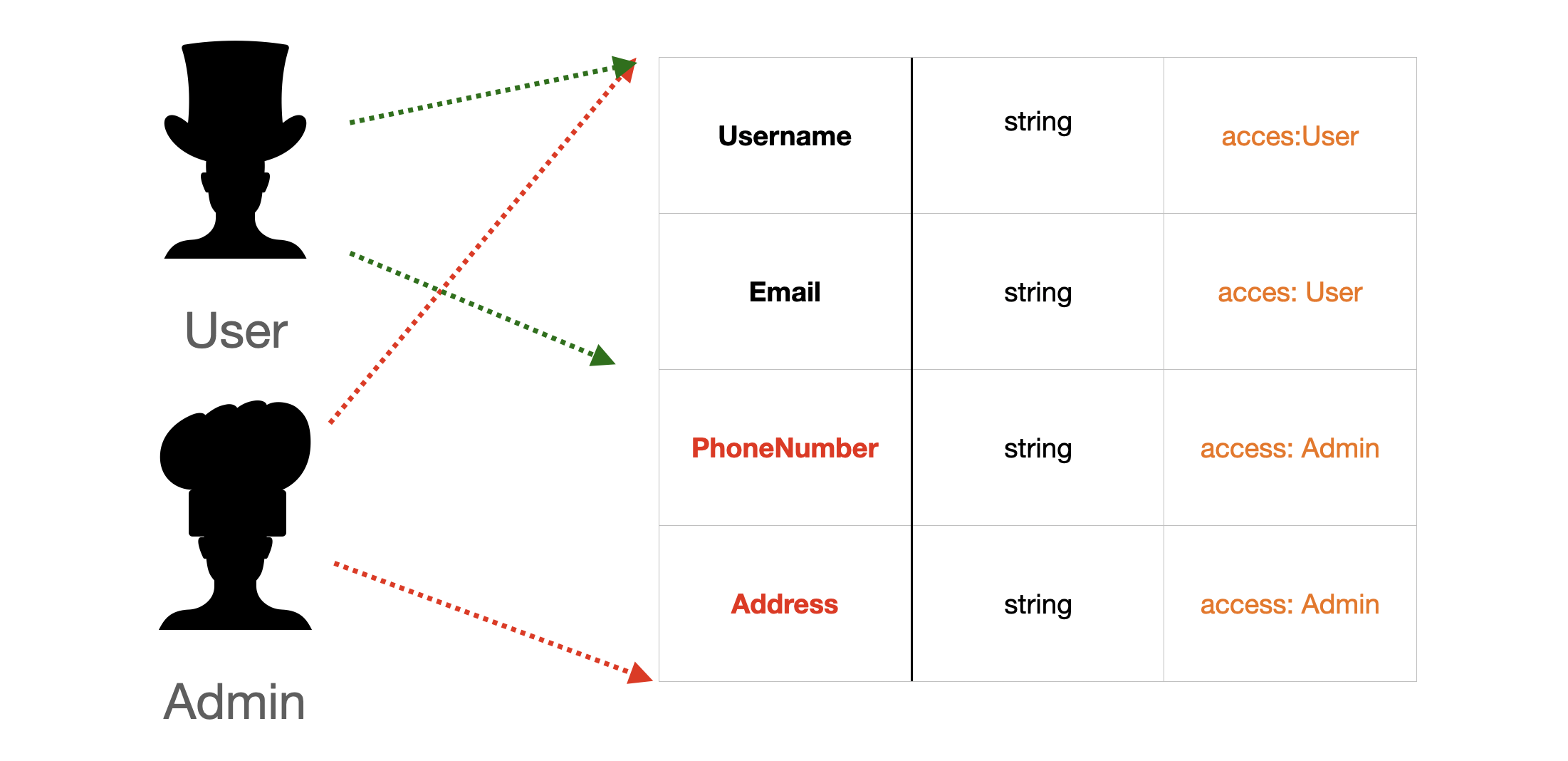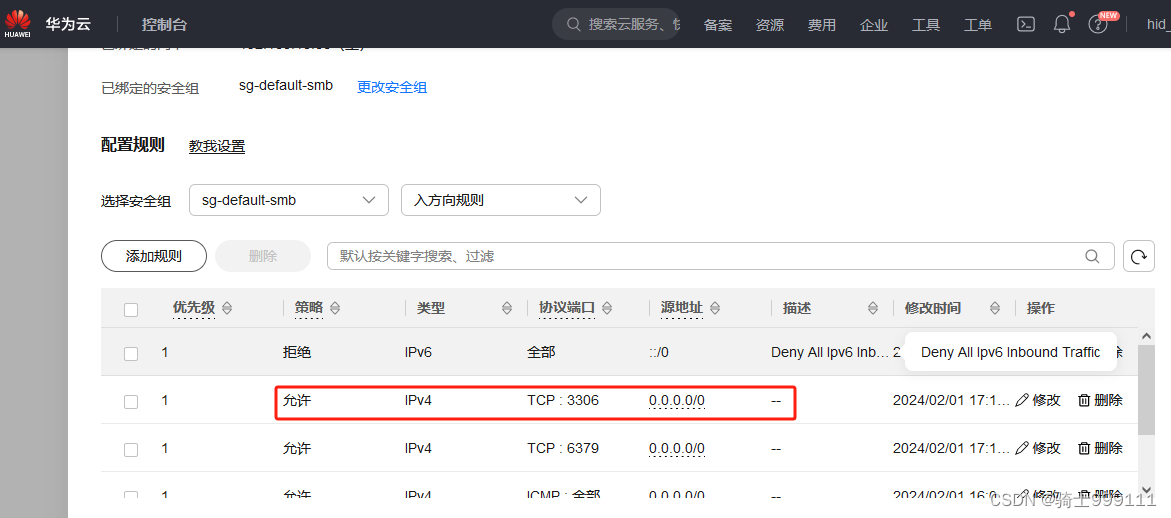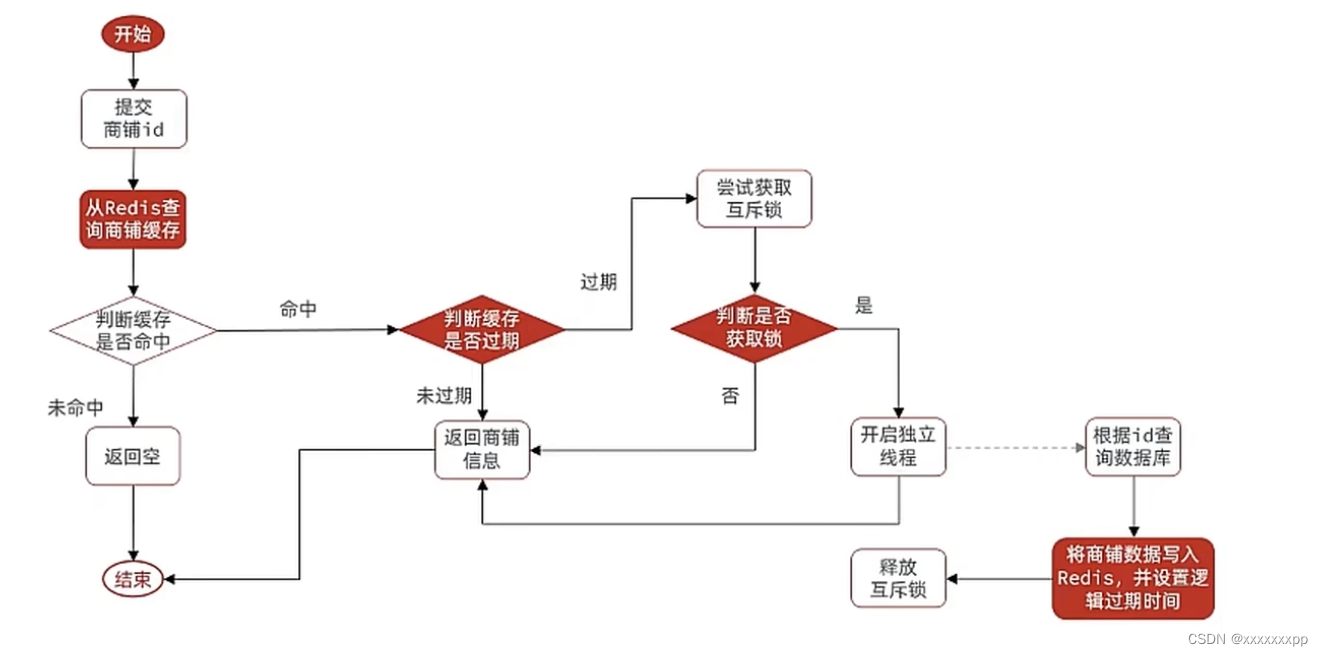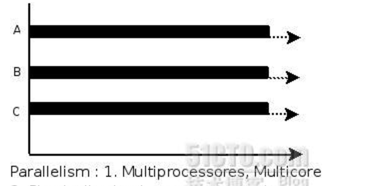目录
- 1.代码:
- 2.效果:
- 小结:
1.代码:
import numpy as np
import tensorflow as tf
# 自变量和目标值
X = np.array([[1, 2, 3, 4, 5, 6]]) # 自变量需要是二维数组形式
Y = np.array([4531.575371])
# 转换为TensorFlow张量
X = tf.constant(X, dtype=tf.float32)
Y = tf.constant(Y, dtype=tf.float32)
# 定义模型
model = tf.keras.Sequential([
tf.keras.layers.Dense(units=1, input_shape=[6], use_bias=False) # 不使用偏置项
])
# 设置初始权重
initial_weights = np.array([[700], [800], [600], [650], [750], [850]], dtype=np.float32)
model.layers[0].set_weights([initial_weights])
# 编译模型
model.compile(optimizer='adam', loss='mse')
# 训练模型
history = model.fit(X, Y, epochs=10000, verbose=0) # 使用较多的迭代次数以尝试获得更好的结果
# 获取训练后的权重
trained_weights = model.layers[0].get_weights()[0]
# 打印结果
print("训练后的权重:")
print(trained_weights)
2.效果:

小结:
关注我给大家分享更多有趣的知识,以下是个人公众号,提供 ||代码兼职|| ||代码问题求解||
由于本号流量还不足以发表推广,搜我的公众号即可:


